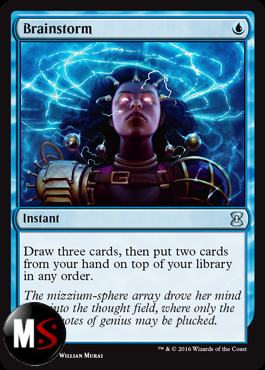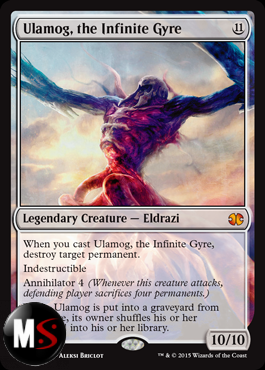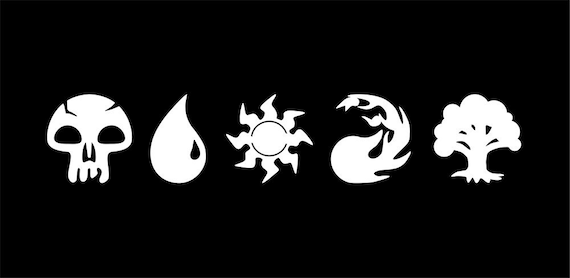
#Mtg set icon mm2 how to
barclaycard offers letter for visiting a place infernus gta 5 how to take full body pictures. informed consent hrt planned parenthood.Email address. Reprints from Sixth Edition, Portal, and Starter.Ĭreated for Asian markets. causes and effects of climate change national geographic worksheet. TIP: Try typing in the latest copyright year to narrow down the list of possible symbols. Look for the set symbol (middle-right area of the card) and use the following table to look up the corresponding edition name. Look for the set symbol (middle-right area of the card) and use the following table to look up the corresponding edition name.

To look up your Magic cards you need to know the edition name (not printed on the card). This makes it hard to look them up online. While there's no definitive guide on how large a hickey has to be to be desirable (yet) anything smaller than a mana symbol probably won't yield any interest.Unlike other types of cards people collect, Magic cards don’t have a unique number printed on them. Hickeys can come in many different shapes, sizes, and colors and are most notably identified by a miscolored blot with a miscolored 'halo' around its edges. When a small particle or piece of debris/dust get attached to one of the print blankets, we get a small error known as a printer hickey. Misprints with Additional Ink: Printer Hickey:

Lets take a closer look at the various incarnations of each of these two categories. Ink errors can usually be classified into one of two categories: Additional ink & missing ink.

This is a gross simplification, but if someone can’t tell that a card is misprinted at a glance, there’s not much appeal to it. Oracle Text: When Oblivion Ring enters the battlefield, exile another target. If you can see it sitting across the table from an opponent, it’s worthwhile. Set: Modern Masters: 2015 Edition (Foil). To determine the severity of an ink error, just ask yourself, “How easy is this error to spot on the card?” If you need to hold the card super close to your face to see it, it’s not severe. Sheets are printed very quickly, which means that a lot of ink errors happen across a significant portion of a print run, resulting in many copies of the same error. Each step of printing gives us a new place where something can go wrong, resulting in a ton of really cool variants of ink errors. If you want a better idea of how magic cards are made, check out this article. Unlike your printer at home, each specific layer of color is applied separately.

MTG cards are printed via a mass production process known as offset lithographic printing. Ink errors are the misprints that happen during ink application (aka printing) and are easily the most common type of misprint. Hopefully that makes sense, but I’ll do my best to clarify where the line between ‘misprint’ and ‘expected printing variation’ is for each category of misprint! So while a card that’s 1% darker than the intended version is technically a misprint, that 1% darker card falls within the margin of expected error and it isn’t considered a misprint. Instead there’s a margin of acceptable deviation from ‘perfect’ that manufacturers account for and allow. So why do misprints exist? The reason is that it’d just be too expensive to produce Magic cards to that level of perfection. If every Magic card was ‘manufactured as intended’ then they’d all be perfect and misprints wouldn’t exist. Understanding severity is key to understanding misprints. While I could have simply said “Any product not manufactured as intended” I want to introduce the concept of severity early into your definition of misprints. A misprint can be defined as any manufactured product that was not produced as intended and falls outside the expected margin of error.


 0 kommentar(er)
0 kommentar(er)
